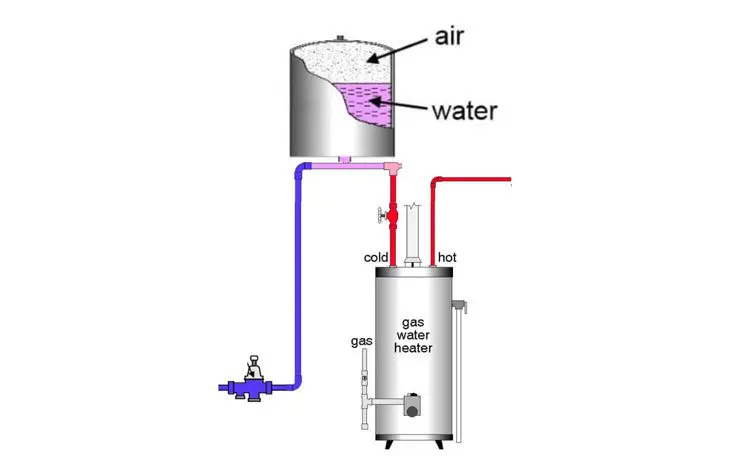Advantages of open expansion tank
The open expansion tank has many advantages for supplying compressive force through the open air, the most important of which are the following options:
· Easy to set up, install and repair
· Low price compared to other types of expansion tanks
· High reliability due to drainage of excess water with emergency valves
· In other words, to buy a low-cost expansion tank in low-pressure environments, open tanks can be a good choice.
Disadvantages of open expansion tank
Despite the many advantages and reasonable prices that open tanks bring, the existence of some disadvantages makes them not always a good option for balancing water pressure and volume in heating systems. The most important disadvantages of this group of expansion tanks are the following options:
· Rust and corrosion due to exposure to rain and snow
· Waste of water due to emergency draining if the volume of water exceeds the allowable level
· More start-up costs due to the need for plumbing on the roof
· In addition, it should be noted that the use of this group of expansion tanks causes a large amount of energy loss due to direct contact with cold air in winter.
Closed expansion tank
Due to the limitations of open tanks, another type was designed and produced that has largely overcome the disadvantages of previous models. Closed expansion tank is another type of tank that, unlike the open type, is installed at a low height and at a short distance from the heating system boiler. In addition, the water inlet pipes must be located below the expansion tank. The volume inside the tank is divided into two parts in which inert gases such as nitrogen and water are separated and the water pressure is balanced by the gas pressure.
Closed expansion tank structure
Closed expansion tanks are generally divided into two groups, which are diaphragm and adjustable. The structure of the diaphragm closed expansion tank consists of a cushion which the circulating water of the heating system enters and is located above the tube of inert gases. As the water temperature increases and its volume and pressure increase, the tube changes and becomes slightly larger, and when the air pressure exceeds the allowable limit, the drain valves open and adjust the pressure to a fixed value.
Another type of closed expansion tanks are adjustable tanks, for which a constant pressure is considered in advance according to the volume of water and the conditions in the tank. As the water temperature increases, its pressure and volume increase, and after reaching the allowable limit, the drain valves open and the excess gas comes out. A very important issue in this type of expansion tank is the entry of gas into the water inside the tank and the creation of bubbles in it. The presence of bubbles in the water may cause problems due to the environment in which the wastewater is used.





Leave a Reply